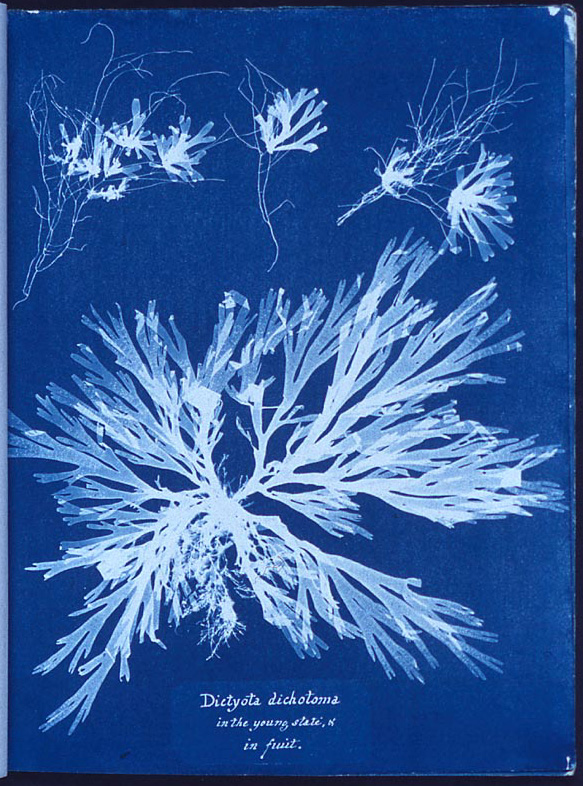As
a Natural Historian, I am fascinated by plants and animals, their interactions
and evolution. One animal stands out as being different from the rest - the
Natural History of Homo sapiens shows
how far humans are removed from the factors controlling all other animals and
that is certainly demonstrated in our choice of diet.
Our
ancestors sampled many plants and animals as food before settling on those that
were either readily available, tasted good, or filled them up. As omnivores, we
had a wide choice and the development of cooking also changed the character of
foods, making some edible that were unpalatable, or poisonous, in the raw
state. To add another complication, foods were available at different times of
year, or were difficult to capture, and this further affected our choice. We can only speculate on the extent
of trial and error that occurred before each group settled on their favoured
diet.
Our
food preferences then dictated the plants and animals that we farmed, or reared,
in plots adjacent to our ancestral settlements. We also transported them during
migrations to colonise new regions, although not all plants and animals could
be reared successfully under changed climatic conditions. Among the plants
grown were those that have now become staple crops, forming the basis of many
meals and, as these are largely of carbohydrate, they also satisfy hunger as
well as providing nutrition. There are two broad groups of staple crops: tubers
and roots - such as potatoes, yams and cassava; and grains - such as wheat,
barley, rye, oats, rice and millet. In turn, grains can be prepared into other
forms that themselves provide dietary staples, such as bread and pasta. Like
all human foods, there has been an export from the original site of crop
planting and some of these staples are now found worldwide. For example,
cassava was used originally in South America, having been bred from natural
stocks in the North East of the continent. It is now used throughout the Tropics,
either as a tuber or prepared into tapioca. Yams from West Africa have also
spread widely and are similarly used in many tropical countries around the
World. Grains like wheat and rice are grown extensively and probably form the
most abundant staple crops, together with potatoes which may dominate in
temperate regions. While they form the basis of many meals, staples are rarely
eaten on their own, and we add to them other essential components of our diet,
including meat, fish and vegetables.
Modern
humans in the Developed World, unlike our ancestors, are able to choose foods from
a myriad of sources, both local and imported. Exploration of the World over the
last few thousand years has resulted in introductions of foods that are grown
commonly in countries where they were not found before, adding to those that
were brought through prehistoric migrations. Our interest in World Cuisine and
Fusion Cuisine also makes further exotic foods available and these then become
assimilated into our everyday choices. With the increased ease of transport, we
now have the extraordinary, and unnatural, situation (in terms of Natural History)
that foods of one origin are grown in a quite different part of the World and
consumed in yet another region (just look at the labelling on produce for the
place where a particular food is grown). We rarely, if ever, consider the
ancestral origin of the food but it is fun to do so. Here are three examples of
meals, with a list of their ingredients and the origins of each:
Fish, Chips and Peas
Batter
(wheat) - W.
Asia, N. Africa
Chipped
potatoes - N.W.
South America
Peas - Mediterranean
Europe, W. Asia
Tomato
ketchup - Central
America (via Pittsburgh)
Salt - Local
Christmas
Dinner
Turkey - North
America
Roast
potatoes - N.W.
South America
Brussels
sprouts - Cultivars
Bread
sauce with cloves - W.
Asia, N. Africa (wheat) + S. Asia (cloves)
Cranberries - N.
North America, N. Europe, N. Asia
Parsnips - Europe, Asia
Carrots - Europe,
Asia
Sage
and onion stuffing - S.
Europe (sage) + Asia (onions)
Salt - Local
Pepper - S.
Asia
Mixed
Fruit Salad
Grapes - W.
Asia
Orange - S.E.
Asia
Banana - S.
and S.E. Asia
Mango - S.
Asia
Apple - Central
Asia
Cherries - Europe,
W. Asia, N. Africa
Strawberries - North
and South America
Kiwi
fruit - North
China
Sugar
(syrup) - S.
and S.E. Asia
Fish,
chips and peas has become identified with the cuisine of Great Britain,
although no part is from a plant or animal indigenous to those islands (cod
being found offshore). Christmas Dinner, typical of North America and Great
Britain (other countries with Christian traditions have their own variants of
the above), and Mixed Fruit Salad (for which there is no set recipe) show
similar variations in the origins of the ingredients, although some are
indigenous.
Our
diet is so different from that of our distant ancestors, who only had the foods
of their surroundings to provide for their needs. Their use of resources was similar to that of other animals, although
humans had the advantage of being able to cook, of course. The changes that
have occurred in our Natural History since the earliest times in our evolution are
extraordinary and we have become free of many of the restraints that control other
animal populations. Is that a good thing?













